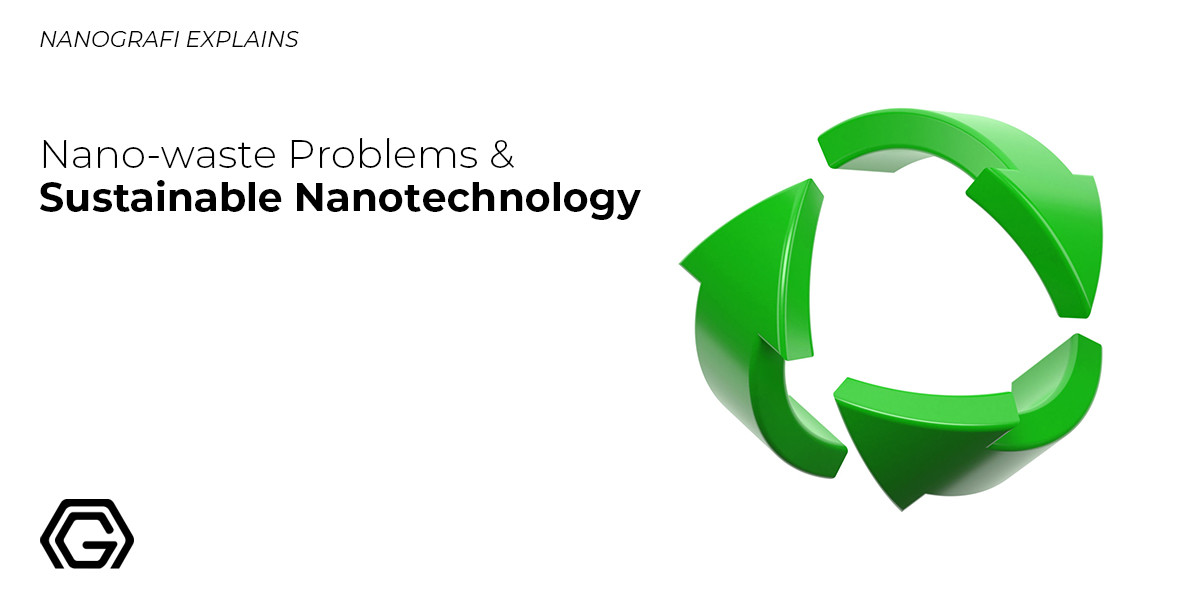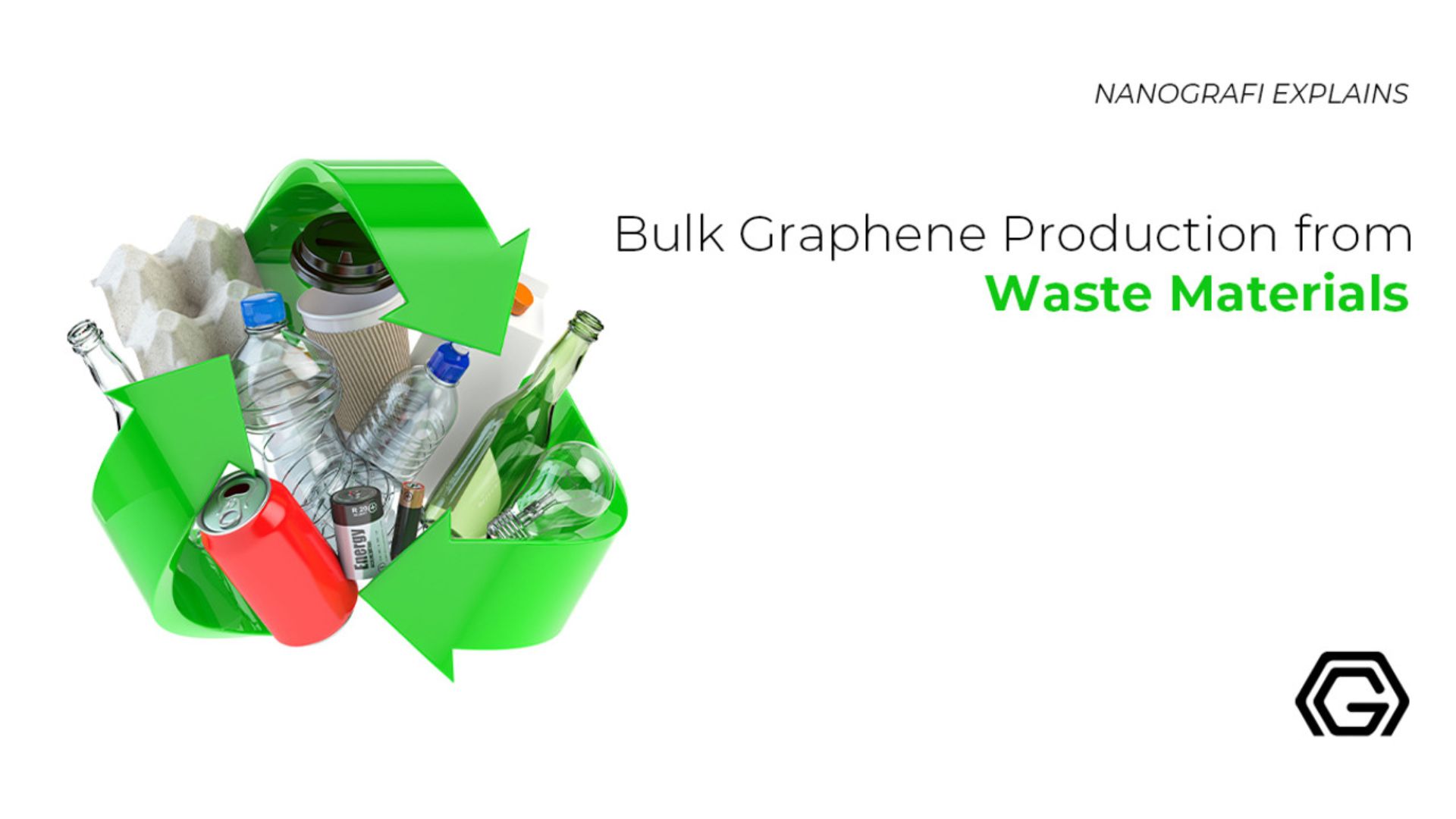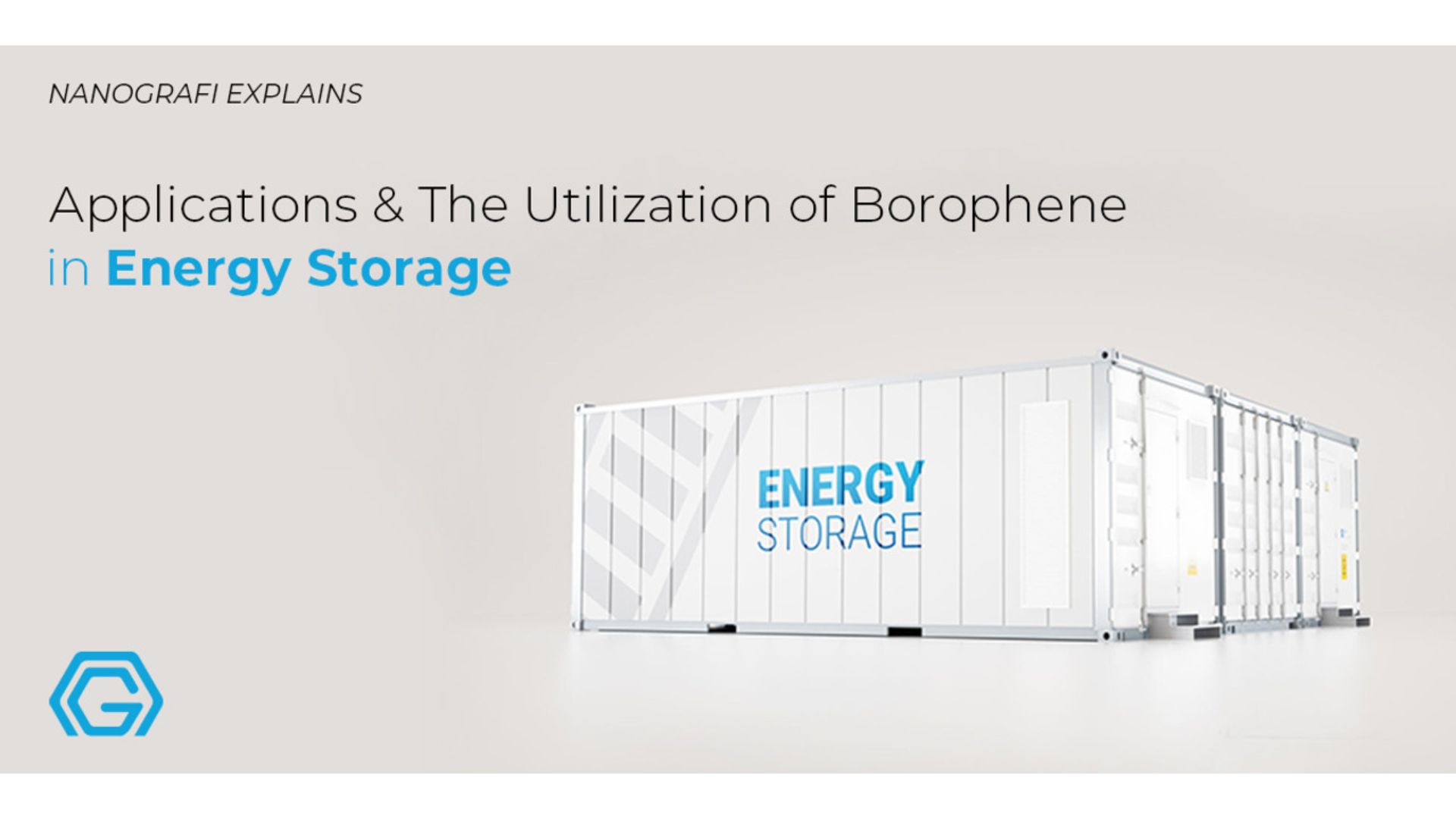Nano-waste Problems and Sustainable Nanotechnology
Nanomaterials are the ones that are extremely small and are unable to be seen with a naked eye and therefore microscope is used to see and analyze them. They have some remarkable properties which make them extremely useful in the market and due to this reason their applications continue to spread a lot more.
They are very essential for the industrial and technical solving of the issues related to either environment or any other factors. Due to this reason there production and usage are increasing day by day because people are becoming more aware of the benefits that they provide to the consumers.
Introduction
Nanomaterials are those materials which are present on a nanometric scale which means it is below nm in either one of its dimension. The physical properties which the nanomaterials show are uniformity, conductivity, or the optical properties which makes these nanoparticles very much desirable in the fields of science and biology. Nanomaterials are so small that they cannot be seen by an ordinary microscope and instead an electron microscope is used to view these materials. These materials occur at a great scale in nature and are often attracted to study in various fields of science such as biology, geology, physics, and chemistry. They are present at transition in between the bulk materials and atomic or molecular structures and because of this, they show a phenomenon that is not observed at any of the scales.
Properties of Nanoparticles
Nanomaterials play a great deal of role in atmospheric pollution and are happened to be a much-needed ingredient in some industrial products, for instance, ceramics, metals, plastics, paints, and magnetic particles. Nanomaterials are naturally produced by various biological, cosmological, geological, and meteorological processes. Not by interplanetary dust’s mass but a remarkable fraction by number as the mass which is falling at thousands of tons per year rate on the Earth is in the nanomaterial range and is similar for the atmospheric dust particles.
Matter's manipulation on the supramolecular, molecular, and atomic scale is known as nanotechnology. The broadly spread, earliest description of nanotechnology referred to the particular technological goal of precisely manipulating atoms and molecules for macroscale products fabrication, now known as molecular nanotechnology. Nanotechnology is defined by the National Nanotechnology Initiative as matter’s manipulation with one dimension sizing from at least 1 to 100nanometers. At the quantum-realm scale, the quantum mechanical effects are significant, so the definition changed from a specific technological goal to a category of research that is inclusive of all technology and research types that deal with the matter’s special characteristics which occur below the given size threshold. Nanotechnologies and the term nanoscale technologies are used for referring to the wide range of applications and research, having size as the common trait.
Naturally, nanotechnology is wide, comprising scientific fields as diverse as molecular biology, energy storage, surface science, semiconductor physics, molecular engineering, engineering, microfabrication, organic chemistry, and microfabrication. The applications and research associated, are equally diverse, ranging from conventional device physics extensions to totally new approaches based upon molecular self-assembly, from forming new dimensional materials on the nanoscale to matter’s direct control on the atomic scale.
Remarkable chemical and physical characteristics are contained by nanoparticles. Nanoparticle’s chemical, electronic, and optical characteristics may differ from bulk’s each component. Materials act very differently on the nanoscale as compared to larger scales as it is very much tough to assume the chemical and physical characteristics of such small-sized particles.
Nanoparticle’s principal parameters are their inner structure, size, shape, and characteristics of the surface. As emulsions (liquids in liquids), suspensions (solids in liquids), and aerosols (liquids or solids in the air), nanoparticles are encountered. The characteristics of nanoparticles may modify in some chemicals presence.
Some nanoparticles have very complex composition, based on its lifetime and the interactions of nanoparticles with other particles or chemicals. On the surface of the nanoparticles, the chemical processes take place, they are mostly unknown and very complicated.
In different ways, nanoparticles interact with each other. The repulsive or attractive interaction forces in between them determine whether they group together or stay free, still, the characterization of these forces of interactions stays difficult. As compared to liquids, in gas the suspended nanoparticles more readily stick to each other.
To get more information about sustainability and nanomaterials,
you can read our blog post here.
Nano-waste Problems and Sustainable Nanotechnology
Nano-waste Problems
Diversity and rates of production of NMs, both lead to the production of improving amounts of wastes in new forms having NMs called “nano-waste” in regular waste streams at all of the stages of life (recycling, use, manufactures, and disposal processes), at times there are no special treatments or precautions. Nano-waste is known as conventional waste streams having engineered NMs in it, which are not collected individually or cannot be collected, because of limitations of waste management or due to requirements related to the matrix “guest” streams “hosting” the NMs.
In waste streams, the engineered NMs are taken as a contaminant and are accumulated as a contaminant and not as a nano-waste. Some studies that are performed on the NMs same type are inconsistent in some cases, for instance, NMs biocompatible nature is also shown in some studies, while the potentially toxic nature of the others is proved by themselves if the threshold level is exceeded by their disposed. Future and current quantities of uncontrollably produced nano waste can be estimated by the reported production volumes of technologies that are related to NM (during processes of manufacturing and development).
Now, there should be a distinction between the nano-waste that is collectible from pollution and collected individually. According to the definitions, the NMs disposed directly into the environment are considered as nano pollution and not considered as nano-waste, for instance, NMs in nano-clothes (nanoparticles of Ag) and in cosmetics (Au, TiO2, CNTs, ZnO) entering into the streams of wastewater after showering, washing, etc. Nano-pollution or nano-waste contains the manufactured by-products that contain single NMs, nanoproduct’s end-of-life (EOL) forms, and separate waste materials that are contaminated with the NMs that are produced.
Toxicity Concept of Nano-waste to the Environment
In 2007, the first forum on toxicity linked with the sage of NM-based products arrived in Stockholm. Still, a huge number of reports in the nano- and eco-toxicity field concludes that the manufactured NMs carry both human and environmental risk impacts.
(i) Production of NMs by unknown exposure scenarios during their EOL cycle or manufacture.
(ii) Absence or presence of surface coated with NM and easy NM release from a given nanotechnology
(iii) Wastes of NMs are released into the environment in quantities and the hosting matrix’s effect on the accumulation pathways, bioavailability, and transformation.
(iv) Nano-waste disposal pathways multiplicity (for instance, incineration, landfills, water streams, or recycling)
(v) In the waste system, the absence or presence of other contaminants may result in synergistic or antagonistic effects to a set of NMs.
Sustainable Nanotechnology
The community of environmental research thinks in term of a few decades at most whereas the thinking of the futures calls for planning in the hundred years of time scale.
The main problem right now is the sustainability of the latest technology, be it stem cell research, food that is genetically modified, or nanotechnology. Nanotech applications’ burgeoning field assured us that a significant role will be played in global manufacturing by the nano-enabled products in near future. Every day, new applications are coming in light from fields like energy, medicine, entertainment, automotive, and agriculture, so now the advantages of nanotechnology are also being discovered, some are energy and cost savings, increased efficiency, and productivity, and also lessened environmental impacts.
In 2015, the expected total revenue from nanotechnology-incorporated products was $2.5 trillion according to Lux Research, although as compared to their past projections, this estimate is 21% down, showing a downward revision considering the global economic downturn, resulting in the expectation of nanotech adoption’s rate to be a little slower than what was originally anticipated. A one-billionth of a meter is known as a nanometer.
If you are interested in the application of borophene in energy storage,
you can read our blog post here.
In 2001, in a program by the National Nanotechnology Initiative, it was said that for coordinating development and research in federal nanotechnology, the control and understanding of matter at 1 and 100 nanometers in between dimensions is known as nanotechnology, where new applications are enabled by this remarkable phenomena. Nanotechnology encompasses nanoscale engineering, technology, and science. At the scale of this length, it also involves measuring, manipulating, imaging, and modeling matter.
Sectoral boundaries are transcended by the nanotechnology as it is an enabling and all-pervasive technology, leading to nanomaterial’s novel applications which promise radical enhancements in life and its numerous spheres. For instance, nanoengineered batteries that have high energy and are paper-thin. They have the capability of being cut like paper and fold easily, and when they are infused with carbon nanotubes, these nanocomposite paper sheets functions as devices of energy storage and flexible, ultra-thin batteries for implantable medical equipment and electronics of next-generation. For diagnosing the illnesses early in the body of a human, nano-enabled miniaturized diagnostic devices can be implanted, and the nanotechnology usage in the imaging systems and in-vivo drug delivery is fastly expanding. The biocompatibility and bioactivity of implants can be enhanced by the nano-based coatings, while the usage of nanocoatings is also found in water and dust repellency, corrosion-resistance, antimicrobial, and thermal insulation applications.
There are many nanotechnology applications that benefit the environment directly are for wastewater treatment and site remediation, nanocatalysts usage for purification of air, solar cells that are based on nanomaterial for enhanced energy efficiency, and for purification of water the nanoreactive membranes or nanostructured filters. Even though there are many advantages of nanotechnology, there are some environmental and health risks that are unintended and associated with nanomaterial's broad usage which is not fully understood yet.
Surely, an approach based on life cycle is needed, mixed with risk assessment, for understanding the potential difficulties in a better way, and to adopt methods of green nanomanufacturing which causes a little burden to human health and the environment.
Conclusion
Nanoparticles are extremely beneficial for controlling waste problems and the sustainability of nanotechnology. They have a wide surface area, compatibility, and adaptability which play an extensive role in keeping sustainability intact. Other than that they are helpful in maintaining the good of the environment and eradicating the adverse effects that come along. As a result, nanoparticles are essential and that is why their range of usage is increasing day by day because consumers are becoming more aware of the benefits that they bring along.
To get more information, you can visit Blografi.
References
https://www.researchgate.net/publication/323556130_Nano-wastes_and_the_Environment_Potential_Challenges_and_Opportunities_of_Nano-waste_Management_Paradigm_for_Greener_Nanotechnologies
https://sustainabledevelopment.un.org/content/documents/9539GSDR_Nano_brief%204.pdf
https://en.wikipedia.org/wiki/Nanotechnology
Recent Posts
-
Advanced Materials for Unmanned Aerial Vehicle (UAV) Protection Against Laser
Consider a UAV on a critical mission, rendered inoperative by a sudden laser attack. With the increa …26th Jul 2024 -
Simulation and Modeling of Material Properties
Our world is composed of a dazzling array of materials, each with its own unique properties that dic …19th Jul 2024 -
Advanced Coatings for Superior Corrosion and Wear Resistance
Corrosion and wear pose significant challenges across various industries, leading to substantial eco …12th Jul 2024







